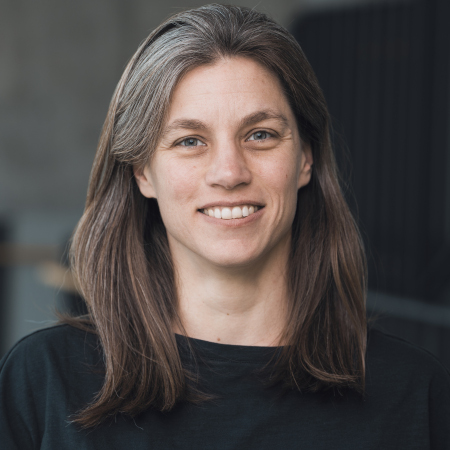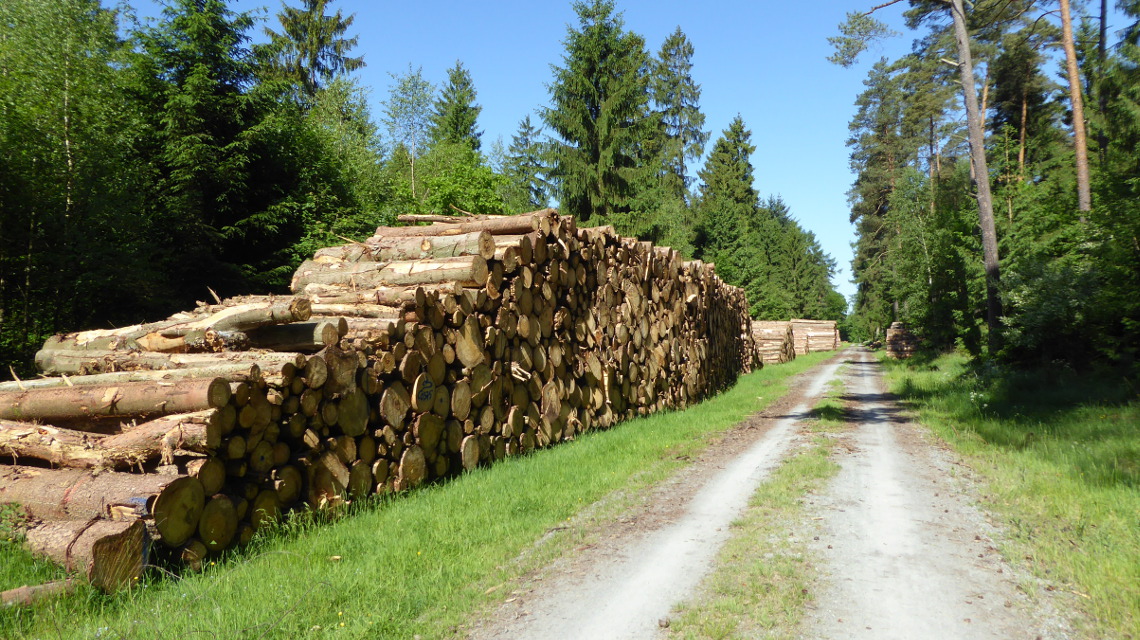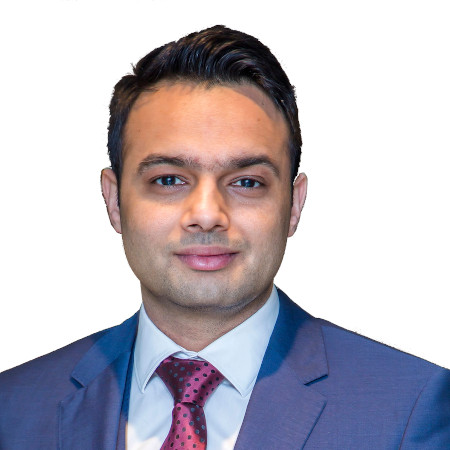“Our robust yeast can process a wide range of waste streams”
Luisa GronenbergProfession:
PhD in chemistry
Position:
Vice President Technology Integration & Strain Development at Insempra GmbH in Martinsried

Profession:
PhD in chemistry
Position:
Vice President Technology Integration & Strain Development at Insempra GmbH in Martinsried

Luisa Gronenberg and her team from the Munich start-up Insempra are developing an innovative bioprocess to produce polyester and polyamides from residual and waste materials. The team is receiving millions in funding from SPRIND.
The Munich-based biotech start-up Insempra GmbH is one of the eight winning teams of the SPRIND Challenge "Circular Biomanufacturing". The CEO and founder of Insempra is Jens Klein, who, like his colleague Lin Römer, once played a leading role at the biotech company AMSilk. The company is receiving millions in funding from the Federal Agency for Leap Innovations SPRIND (with 1.5 million euros in the first year) for the BioTreasure project. Over the next three years, a team led by project manager Luisa Gronenberg will develop an innovative process for the microbial production of materials such as polyester and polyamides as well as protein fibres from residual and waste streams.
What is the goal of your project?
Insempra's overall aim is to manufacture products from renewable raw materials in order to replace petroleum-based or extractive manufacturing processes with sustainable production processes. The new BioTreasure project is being funded by the German Federal Agency for Leap Innovations (SPRIND) because we are going one step further here. We are not only using renewable raw materials, but are focussing entirely on waste streams as source material. Our aim is to convert existing waste materials into materials such as polyester, polyamides and proteins that can be used for textiles and plastics. This conversion takes place by feeding the waste materials to microorganisms that have been optimised to biochemically produce the desired products.
Which waste and residual materials are being used as raw materials and why?
In the BioTreasure project, we are working with our partners to develop a flexible process that can utilise a wide variety of waste materials as feedstock. We are focussing mainly on plant waste streams from agriculture and forestry, used cooking oil, for example from catering businesses, and PET plastic as a raw material. We are developing this process because it is important to us to help conserve natural resources by utilising waste streams and renewable raw materials. However, we are also pursuing economic goals: Utilising waste streams can lead to cost savings in the long term. By reducing our dependence on fossil fuels and utilising low-cost or even free waste streams, we can reduce our production costs. The final products are used in many consumer goods and the manufacturers of leading consumer goods brands are our customers. Through our innovative technology for the utilisation of renewable raw materials, we offer our customers the opportunity to position themselves as pioneers in sustainability and take an important step in the transformation to more sustainable products.
What is innovative about your technology and to what extent is it relevant for the transformation process towards a bioeconomy?
On the one hand, we have chosen a very robust yeast as a host strain that can process a wide range of waste materials and is not easily contaminated by other microorganisms. Compared to the well-known baker's yeast, however, this yeast is not yet established and we are developing new innovative methods to modify this particular yeast so that it efficiently produces the desired products. The use of such robust non-model microorganisms as a production host for fermentation processes enables efficient production, as waste streams can be used and non-sterile and continuous fermentation processes are therefore possible. Secondly, we are innovating in the field of reactor design by building a continuous reactor in which production can run for months.
How far has the development of the process progressed?
At Insempra, the biotechnological production of natural ingredients from renewable raw materials is already a reality – with products that are available on the market. However, the utilisation of waste streams, in particular the processing of plastic streams, is still in the development phase. The production of cost-effective products such as polyester and polyamide is also still in the development phase, partly because very high yields have to be achieved here in order to compete with oil in terms of price.
What opportunities does the SPRIND funding programme offer you and what do you want to achieve as part of the challenge?
The planned project has enormous potential – but it also harbours risks. It is therefore difficult to provide the necessary funding for such projects. However, SPRIND's unique concept enables us to drive this development forward and successfully launch as many sustainable products as possible onto the market in order to make an important contribution to the transformation.
Interview: Beatrix Boldt


